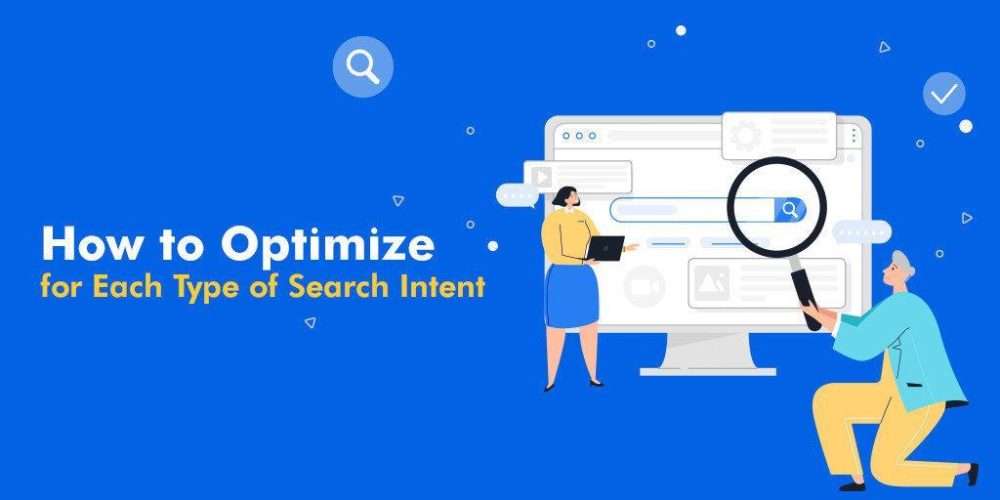Thinking About Search Intent

Thinking About Search Intent
If you understand what your users want and what their intent is when they are searching for a specific query, half of the job for ranking on that keyword is done. Of course, there is still a lot of work to do (like knowing what are the 3 types of intent and what type of content to write for each type of keyword and search intent). Given that Google sees 15% of its daily searches for the first time, it uses RankBrain to help. This is a machine-learning algorithm Google uses to assess the relevance of sites and provide its searchers with only the most valuable, relevant results.
There are three major types of search queries that internet users will likely use;
>>> Navigational search queries.
>>> Informational search queries.
>>> Transactional search queries.
First of all, a basic description of Search Intent:
“The user intent, or search intent states which goal or intention an internet user has when entering a search term into a search engine. User intent is now a central factor in content and search engine optimisation and is eclipsing individual keywords as a dominant ranking factor.”
More than ever, taking a good look at search intent is a crucial part of keyword research. You need to have a clear idea of the kind of intent that’s behind your keywords. People could be looking for information (informational intent), a specific website (navigational intent), or they might want to buy something (commercial or transactional intent). And that’s not all there is to it, as search engines aim to give users the exact answer they’re looking for.
In other words, if your content doesn’t match searcher’s intent, it probably won’t make it to the results pages, no matter how great and well-optimised it is.
So, it’s important to evaluate whether the content you plan to publish for a certain keyword is in line with what people are looking for. You can do that by looking at the search results. Do the types of intent match? What answers do people want? Is your content in the right form? For instance, if you wrote an extensive DIY post to rank for the term [wedding decorations] and all you see in the results pages is online stores selling wedding decorations, it’s time to rethink your strategy. Check out this post about writing intent-based content for your keywords for more information on how to do that!
Should use singular or plural
Always check if you should target the plural or the singular form of a specific keyword. Should you aim to rank for [ballet shoe] or for [ballet shoes]? Do people search for [holiday home] or [holiday homes]? While Google can recognise that the plural and
singular versions of a word refer to the same thing, the search result pages and the number of results are often still different, because what users are looking for differs slightly.
In this case, again, it’s important to think about the intent of people searching for your keyword. Someone looking for the singular version of a keyword may be looking for information, while someone looking for the plural version could be looking to compare products and/or buy something. In any case, whether you should use a singular or a plural depends on your specific keyword and its intent, so take that into account.
Failing to understand search intent and to tailor your content strategy can also hurt user experiences. If a visitor lands on a page that has nothing to do with what they were hoping to find, most of them will “bounce” (exit without taking another action). A high bounce rate is among the factors that can tell Google that your content isn’t relevant to that query.
By understanding your customers’ search intent and what information they expect to find, you can tailor your entire SEO strategy to their needs. Once you do that, the rest of SEO will be a walk in the park.
Remember, thinking about Search Intent and only an intent-based SEO strategy can boost your traffic and help you drive more sales.


